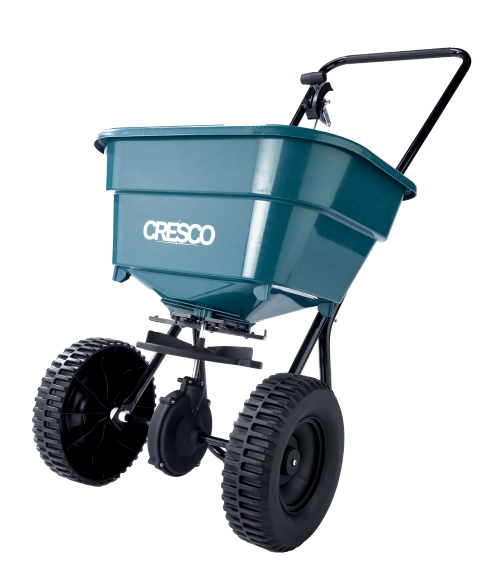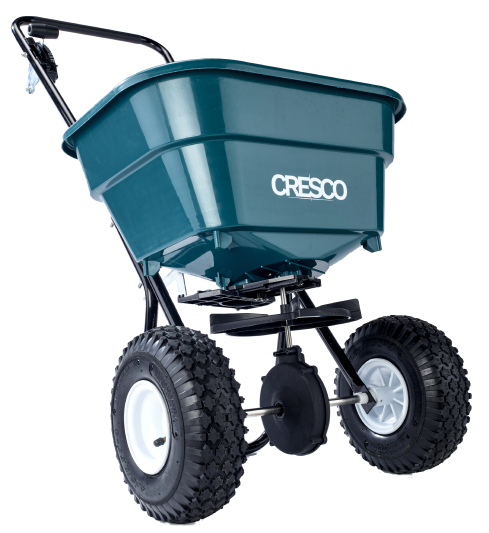Knowing the best time to water grass is tricky. After all, different grasses, regions, and garden sites make it awkward to give a one-size-fits-all type of approach. However, understanding your own location and lawn will help determine the best time to water your lawn for optimum growth.
Our guide takes you through the steps necessary to keep your grass in tip-top condition, well-watered, and fertilized. Watering your lawn becomes less of a worry and more of a pleasure when you know the best times and how much water is required.
How to Identify When Your Lawn Needs Water
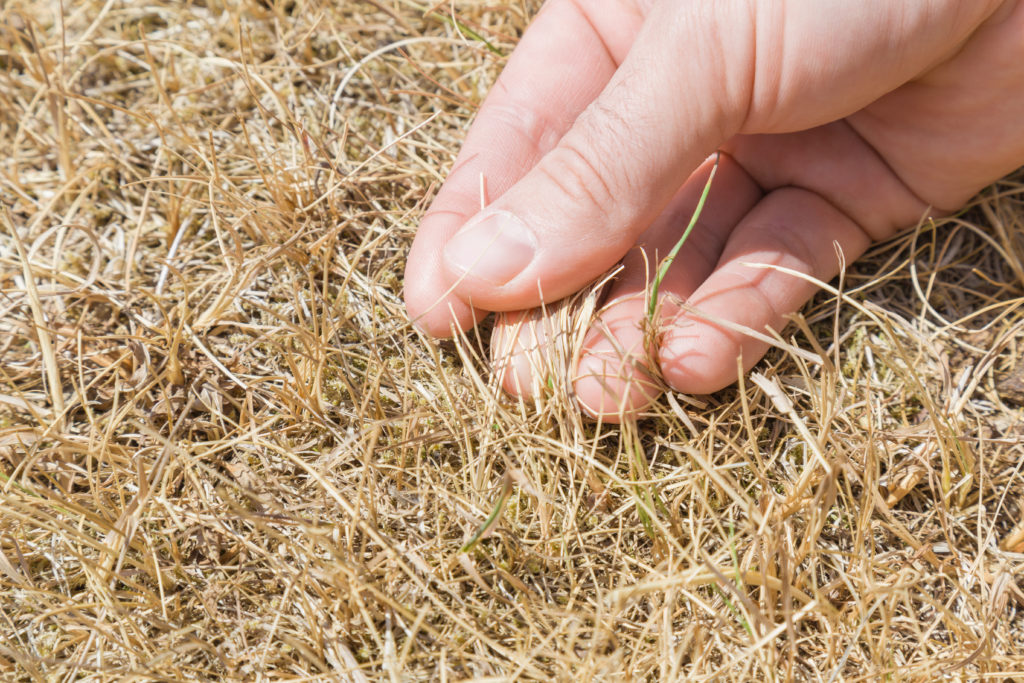
You’ll soon realize when your grass is looking parched and in need of a drink of water. The blades begin to wilt, are dull in color (being drab green/grey, rather than vibrant), and when footprints remain in the grass, instead of springing upright after a few moments.
Grass growth slows down, heading towards dormancy when it is not watered sufficiently. And it is this slow decline you are looking to head off when considering watering.
Of course, there is a balance. Too much water, such as a spell of endless rain or over-watering with an automatic system is as dangerous as too little. Excessive water and you invite weeds and disease to take up residence. Inadequate water and your lawn will die.
How to Test Moisture Levels in Lawn
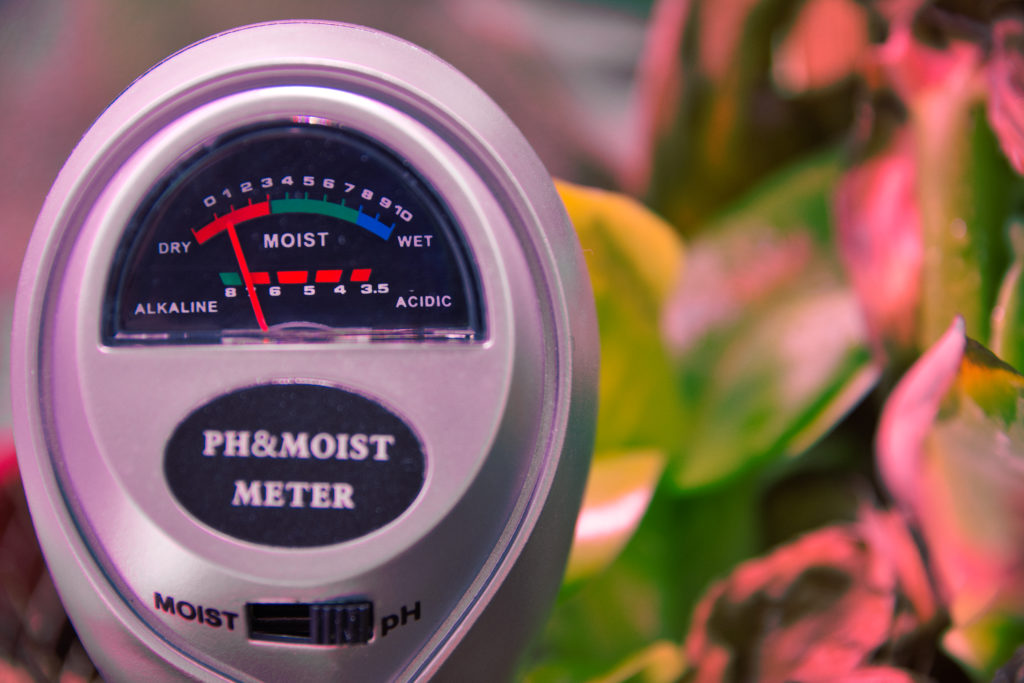
There are several ways to test moisture levels in lawns. You can purchase a soil moisture meter. Or you can employ a humble screwdriver to achieve the same result.
Take a screwdriver and push it into the soil. If it goes in easily up to 6-7 inches into the ground, your grass is sufficiently watered. Also, you’ll find soil attaches itself to the screwdriver when pulled out of the soil.
If, however, it’s hard to push the screwdriver into the ground, and no soil attaches itself to the screwdriver when pulled out, your grass needs water.
How Much Water is Enough?
This is an easier question to answer when you have done a little research. Typically lawns need 1 to 1.5 inches of water per week from either rain or manual watering to soak the soil properly.
In order to determine exactly how much water you need to use is straightforward if you are using a sprinkler.
Multiply the square footage of lawn by 0.62 gallons. This is equal to 1 inch of water per square foot. Then divide by the sprinkler flow. The manufacturer will have provided the flow rate (gallons per minute). This then gives you the number of minutes you need to run the sprinkler.
Ideally, you want to water lawn until the top 6-8 inches of soil is moistened, and the soil looks dark. Most of the grass roots lie in the top few inches, so encouraging roots to seek out deeper lying water will help them grow strong. You don’t want the roots to rely on water being fed to them, as they will become weak and prone to disease.
As with most things, there is a balance here. Too much water will also stimulate weeds and disease. To little, and you risk your grass dying.
Grass not Absorbing Water?
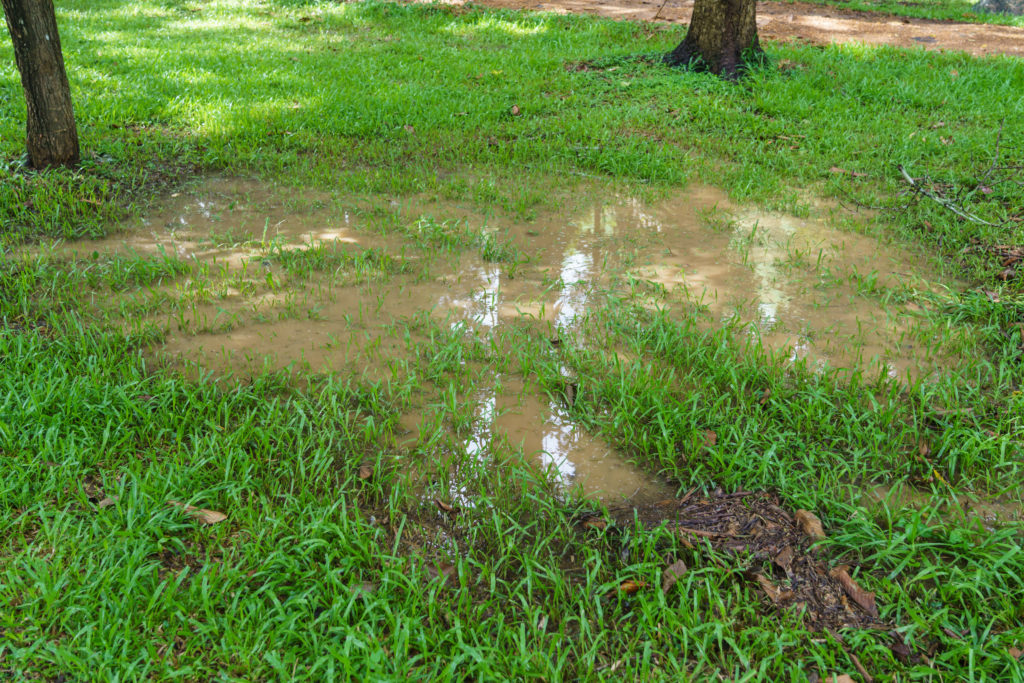
If you find your grass not absorbing water, try using a wetting agent. You are able to buy suitable wetting agents from garden centers and hardware stores. However, you could try making your own using a mild detergent, such as dish soap or baby shampoo.
Baby shampoo is mild enough not to harm plants and lawn, yet contains enough surfactant to break down the surface tension of the water. This allows the water to wet the soil more thoroughly. Use a level tablespoon of surfactant to 1 gallon of water. Stir gently, being careful not to create soap suds, then water the affected grass with the mixture.
When is the Best Time to Water Grass?
Alongside too much or too little water, there is an optimum time to water your lawn. The best time to water grass is in the cool temperatures of the early morning, preferably before 10am.
Watering at this time of the day will help the soil (and in turn, the grass roots) absorb the water rather than it evaporating. Also, as the day warms up, the grass has the chance to dry out before night.
The reason you don’t want to have wet grass at night is that disease LOVES dark, damp conditions in which to do it’s worst. Take a look at this article on how to spot and fix the most common lawn problems.
Common Mistakes When Watering Grass
There are a number of mistakes made when it comes to watering grass. Include a few beliefs passed on from past generations, and you’ll soon become nervous of when to water your lawn.
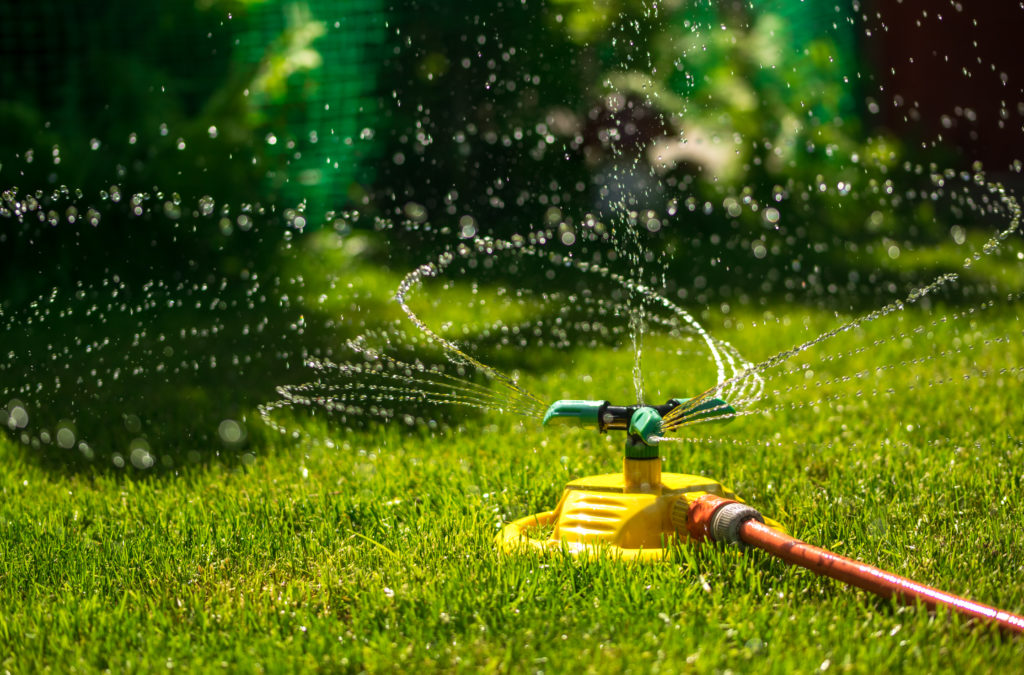
Relying on the Weather
Many people consider grass hardy enough to withstand even the harshest of weather conditions (extreme heat or cold) without it affecting the plant. Watering their lawn is thought to be unnecessary, as well as costly.
Underwatered, stressed lawn will immediately be put under pressure by maurading weeds and disease. These avaristic weeds are looking for any opportunity to move in. The pressure increases as soon as weeds begin to soak up any water left in the soil, making certain your grass comes off worst.
Seasonal Watering Regimens
Like depending on the amount of rain to fall naturally, banking on the season to supply the correct weather, and amount of water needed, won’t cut it.
Just as we humans need water to thrive, grass also needs water. Hot, windy weather will deplete soil of moisture making the ground dry. The measure of how much water grass needs is determined by the moisture in the soil. Always check moisture levels if you think your lawn is looking parched. Or there has been a prolonged spell of hot, windy weather.
Watering After Sunset
This is a common mistake. Watering after the sun goes down will not give the grass enough time to dry out, helping those weeds and disease to invade, enjoying the damp, dark conditions.
Water in the early morning to ensure the grass is dry by evening. This will also help cut down the amount of stress due to lack of water and encourage stronger grow.
Take a look at this article for more help on how to make grass green and grow lush lawn.
The Best Time to Water Grass and Grow a Strong, Healthy Lawn
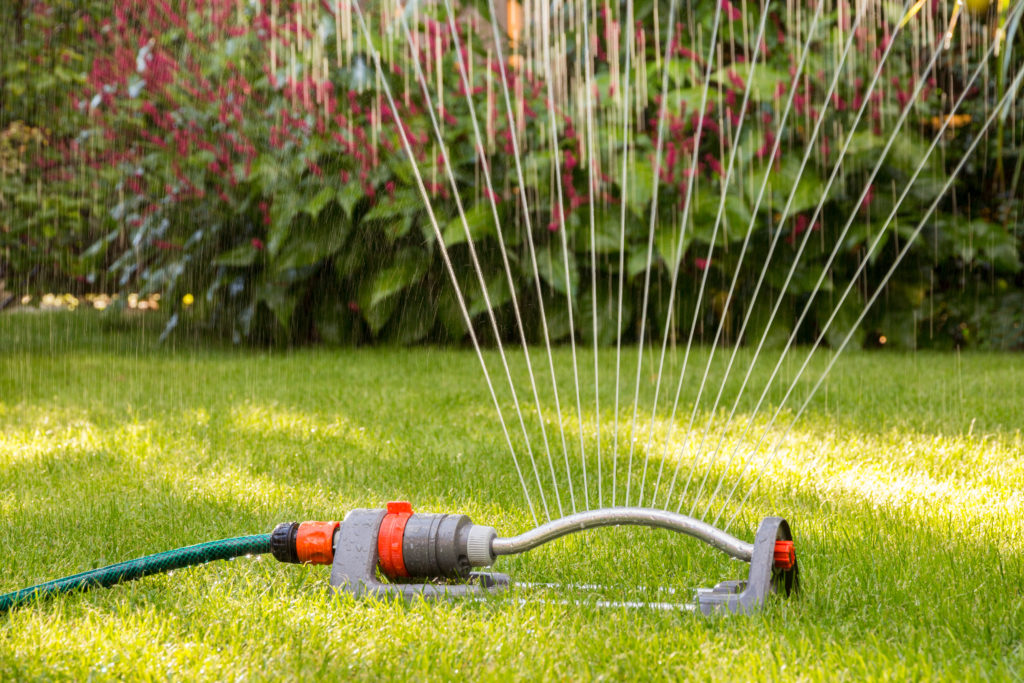
Growing a strong, healthy lawn is dependent on a number of factors. One of which is the best time to water grass.
Not only is the best time crucial, but how much water grass demands has to be taken into consideration. In order to evolve into the vibrant, soft backyard feature you have in mind, watering at the optimum time helps maintain perfect growing conditions for your lawn.
